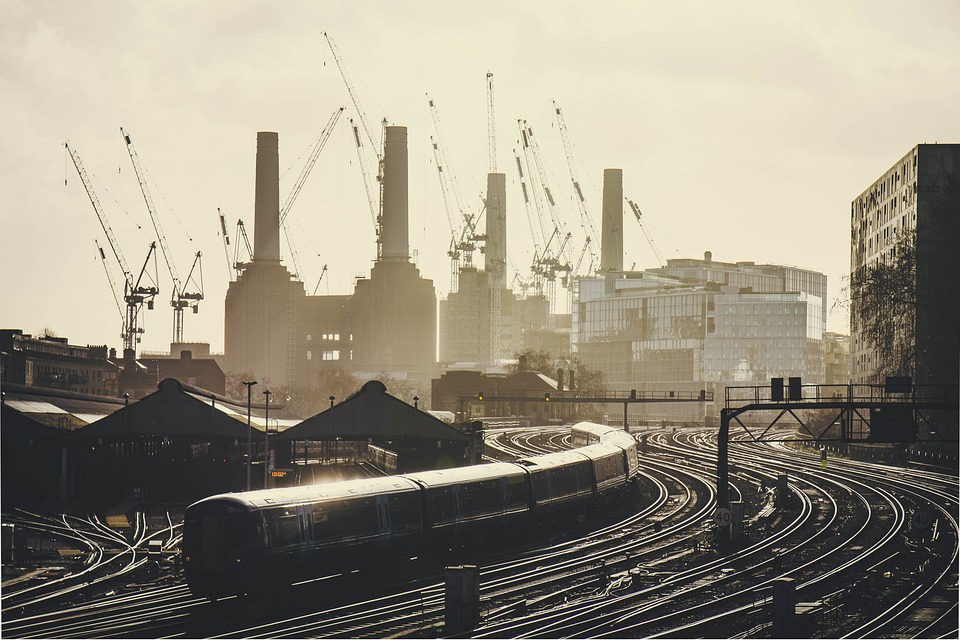
Dallas, Texas is a vibrant and rapidly growing city with a rich political and economic history. The political economy of Dallas has had a significant influence on the development and governance of the city, shaping its urban landscape and influencing the lives of its residents. A case study of Dallas’ political economy provides valuable insights into the intersection of urban politics, economics, and community development.
One of the key influences on Dallas’ political economy is its status as a major center for business and commerce. The city has a diverse and robust economy, with thriving industries such as finance, healthcare, technology, and energy. This economic landscape has been shaped by a combination of factors, including its central location in the U.S., its well-developed infrastructure, and its pro-business policies. As a result, Dallas has attracted numerous corporations and entrepreneurs, leading to job creation and economic growth.
The political implications of Dallas’ economic prosperity are significant. The city’s leaders have prioritized policies that support economic development and job creation, often at the expense of other social and environmental concerns. This has led to debates and conflicts over issues such as gentrification, affordable housing, and income inequality. The political economy of Dallas has thus been marked by ongoing tensions between the interests of businesses and the needs of the city’s diverse population.
Another important influence on Dallas’ political economy is its demographic diversity. The city is home to a large and diverse population, including communities of color, immigrants, and low-income residents. These communities have historically faced challenges in accessing economic opportunities and political representation, leading to disparities in wealth and influence. The political economy of Dallas has thus been shaped by struggles for social justice and equality, as marginalized groups seek to have their voices heard and their needs addressed by the city’s political leadership.
The influence of Dallas’ political economy is also evident in its urban development and infrastructure. The city has experienced rapid growth and expansion, resulting in a dynamic urban landscape with towering skyscrapers, sprawling suburbs, and dynamic neighborhoods. The political economy of Dallas has played a role in shaping these patterns of development, with the city’s leaders making decisions about zoning, transportation, and public services that have had lasting impacts on the physical environment and quality of life for its residents.
In sum, the influence of Dallas’ political economy is a complex and multifaceted phenomenon that has shaped the city in numerous ways. Its economic success has brought prosperity and opportunity to many, but it has also contributed to inequalities and conflicts. Its demographic diversity has led to struggles for social justice and political representation. Its urban development has been shaped by decisions that reflect the city’s economic priorities and values. A case study of Dallas’ political economy thus offers valuable insights into the dynamics of urban politics, economics, and community development, and the interplay between these forces in shaping the trajectory of a city.







